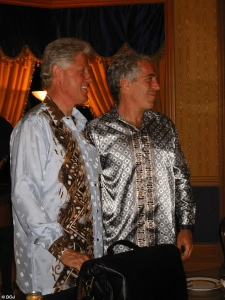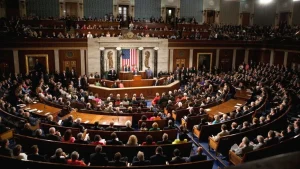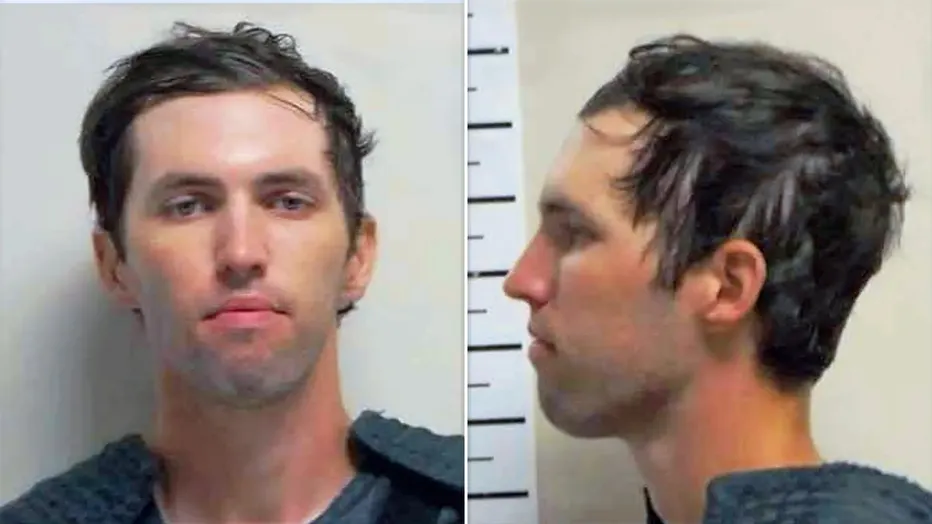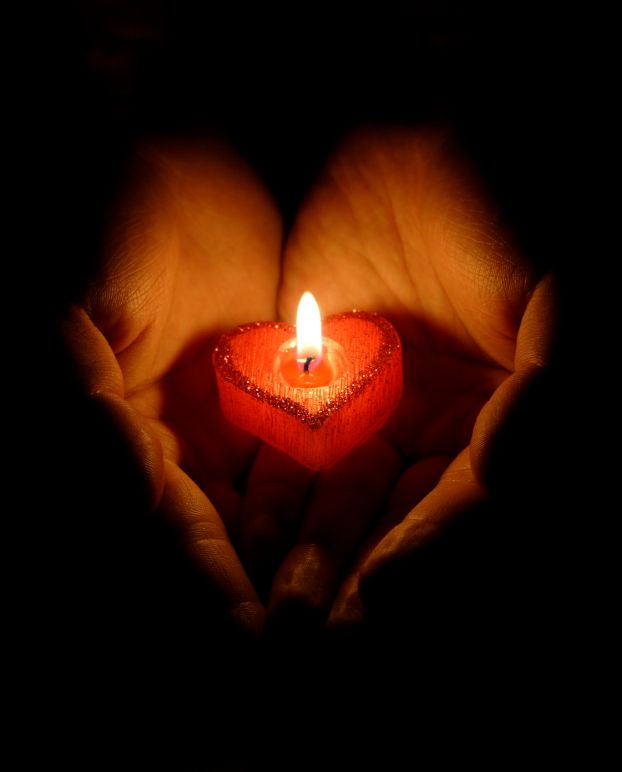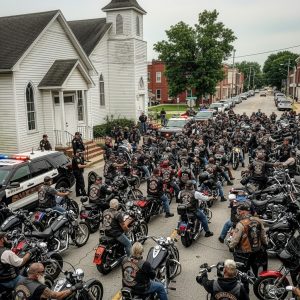The assassination of conservative activist Charlie Kirk on September 10 at Utah Valley University has launched a national conversation not only about political violence but also about the security measures in place at the event. In the wake of the shooting, online observers have zeroed in on video footage that appears to show two men standing behind Kirk making what some interpret as hand signals moments before the fatal shot was fired.
The footage, widely circulated on social media, has fueled speculation, amateur analysis, and a heated debate over whether Kirk’s guards were quietly communicating or whether the gestures were innocuous. Now, a former California police chief has weighed in, arguing that the actions were indeed deliberate signals, though not sinister in nature.
The Shooting That Sparked Global Attention
On the evening of September 10, Kirk, 31, was in Orem, Utah, speaking to a crowd of more than 3,000 students and community members at Utah Valley University. The event was part of his “Prove Me Wrong” campus debate series.
Just after beginning his response to a student question, a gunshot rang out. Kirk recoiled in his chair, dropped his microphone, and fell backward. Chaos erupted as security rushed the activist from the stage while the audience screamed in confusion.
Kirk was transported to a nearby hospital, but within the hour, President Donald Trump confirmed that he had died from a single gunshot wound to the neck. The president described Kirk as “great, even legendary,” and pledged justice for his family.
In the 48 hours following the killing, the FBI and Utah authorities launched a statewide manhunt. They released images of a figure in dark clothing fleeing across a rooftop and disappearing into nearby woods, where investigators later discovered a bolt-action rifle believed to have been the murder weapon.
By September 12, officials confirmed that a suspect was in custody, identified as 22-year-old Tyler Robinson, arrested after a family member tipped off authorities.
The Online Frenzy: “Mystery Hand Signals”
Even as law enforcement pursued the shooter, online investigators and social media users began scouring videos of the event. One clip in particular drew widespread attention: footage that showed two men positioned just behind Kirk shortly before the shooting.
In the video, one man is seen adjusting his cap and then quickly touching his nose. A second man steps forward into frame and folds one arm across his chest, a movement that some claimed resembled a military-style hand signal.
The clip was quickly circulated with captions suggesting the gestures were suspicious. One viral post on X (formerly Twitter) read:
“FBI Director Kash, these 2 men standing behind Charlie Kirk look like they were giving hand signals right before the shot went off, you might want to look into it!”
Thousands of users engaged with the post, with some claiming the gestures looked like coordinated warnings about the presence of a sniper. Others dismissed the theory as conspiracy speculation, arguing the men were simply fidgeting in a tense environment.
A Veteran Cop Weighs In
Seeking expert insight, the Daily Mail consulted Stan Kephart, a veteran law enforcement officer and former California police chief with decades of experience in event security. Kephart did not dismiss the gestures but instead contextualized them.
“I can tell you from experience—those were definitely hand signals,” Kephart said. “The way they were done was not casual. It was more than one signal.”
However, Kephart cautioned against assuming nefarious intent. His interpretation was that the gestures likely represented routine security communication.
“My suspicion is that he’s checking off with somebody else, perhaps a supervisor, saying everything is okay,” he explained. “It doesn’t arouse my suspicions. If he wasn’t okay, or if he had something to say, he would have reverted not to hand signals, but to his communication system.”
Kephart also pointed to the limited security presence at the UVU event, where just six campus police officers were officially on duty. “They are well-trained, but that’s not enough for a 2,000-plus crowd,” he added, suggesting Kirk’s team may have relied heavily on internal signals to maintain order.
Trump Confirms Suspect in Custody
On September 12, President Trump broke the news that the suspect in Kirk’s assassination was in custody. Speaking on Fox & Friends, he praised the coordination between federal, state, and local officials.
“I think with a high degree of certainty we have him in custody,” Trump said. “He’s in custody. We worked with the local police, the governor—everybody did a great job.”
The president described the difficulty of starting the investigation with “absolutely nothing” but grainy footage of a figure “that made him look like an ant.” He credited the breakthrough to both determination and a tip from someone close to the shooter.
Trump also reiterated his hope that the suspect, if convicted, would face the death penalty, calling Kirk “the finest person” who “didn’t deserve this.”
The Bigger Picture: Security in an Age of Political Violence
The debate around the so-called “mystery hand signals” highlights the heightened scrutiny surrounding political events in today’s polarized climate. In the absence of immediate answers, even small gestures can become the subject of widespread speculation.
Experts caution that while body language and hand movements can be a standard part of protective detail communication, online misinterpretation often fuels conspiracy theories.
Kephart noted that in professional security, subtle nonverbal cues are often employed in noisy or high-risk environments. But he emphasized that without clear evidence, such gestures should not be construed as evidence of wrongdoing.
Moving Forward
As Robinson awaits trial and federal investigators build their case, the focus has shifted from speculation to hard evidence. The FBI confirmed it has recovered the rifle believed to have killed Kirk and is conducting forensic analysis to link it definitively to the suspect.
For Kirk’s supporters, the debate over security signals is a secondary concern compared to the larger questions of why the assassination occurred, how it was planned, and what can be done to prevent future attacks on public figures.
Still, the viral spread of the “hand signals” video underscores how, in the modern information age, every second of footage from a tragedy becomes part of a parallel investigation—one conducted not only by professionals but by millions of citizens online.
Whether the gestures prove to be routine signals or something more significant, the fact remains that a prominent political activist was killed in broad daylight at a public university. The tragedy has already reshaped national discussions around political violence, security, and free speech on campus.
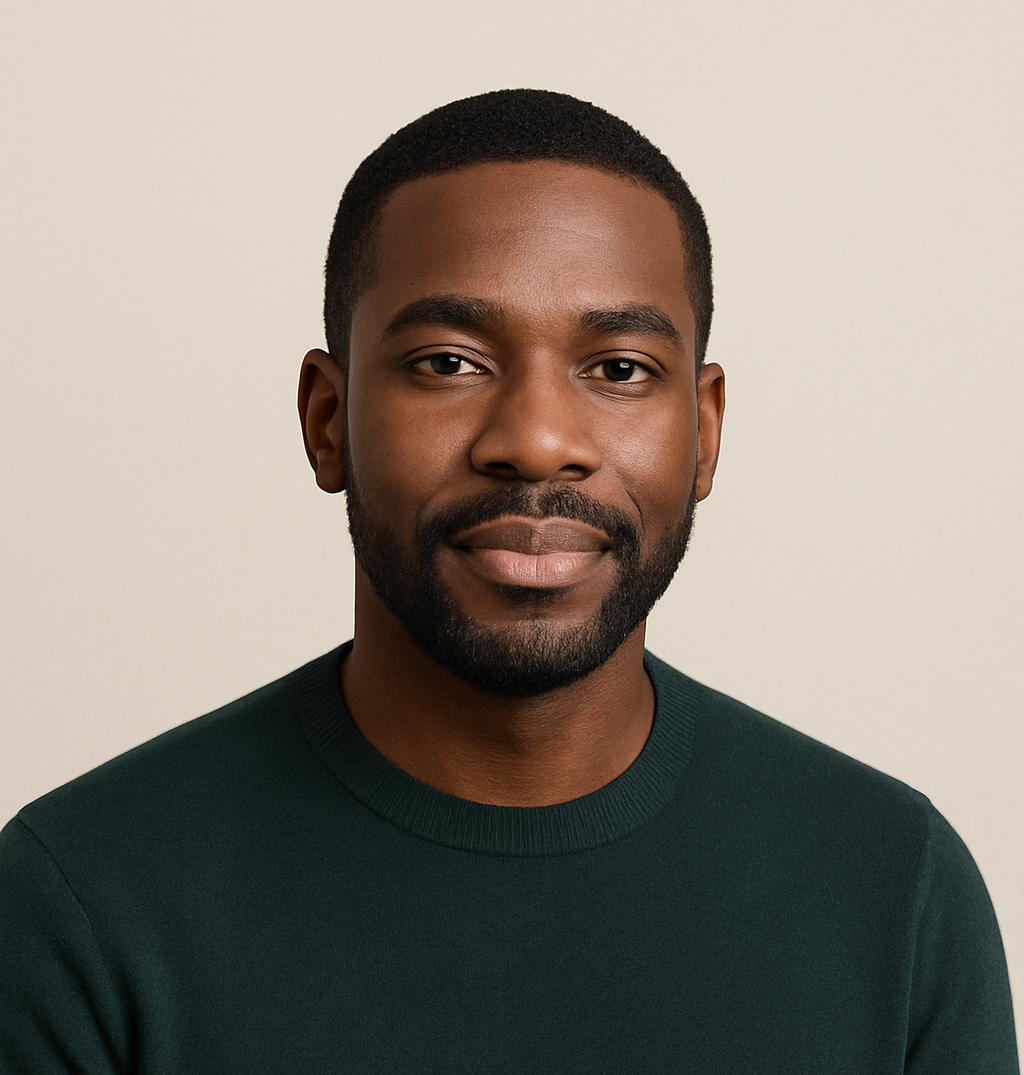
James Jenkins is a celebrated Pulitzer Prize-winning author whose work has reshaped the way readers think about social justice and human rights in America. Raised in Atlanta, Georgia, James grew up in a community that instilled in him both resilience and a strong sense of responsibility toward others. After studying political science and creative writing at Howard University, he worked as a journalist covering civil rights issues before dedicating himself fully to fiction. His novels are known for their sharp, empathetic portraits of marginalized communities and for weaving personal stories with broader political realities. Jenkins’s breakout novel, Shadows of Freedom, won national acclaim for its unflinching look at systemic inequality, while his more recent works explore themes of identity, resilience, and the fight for dignity in the face of oppression. Beyond his novels, James is an active public speaker, lecturing at universities and participating in nonprofit initiatives that support literacy and community empowerment. He believes that storytelling is a way to preserve history and inspire change. When not writing, James enjoys jazz music, mentoring young writers, and traveling with his family to explore cultures and stories around the world.

